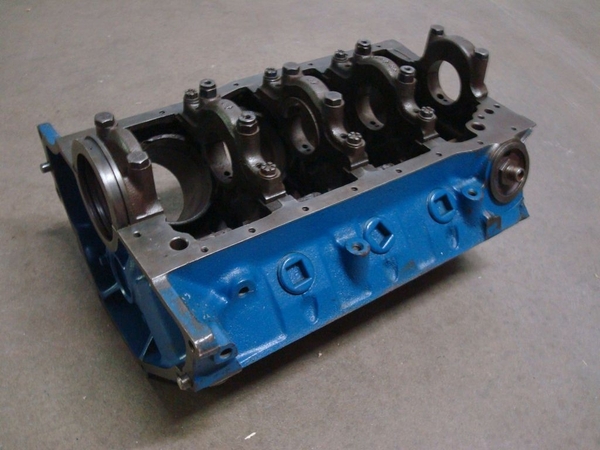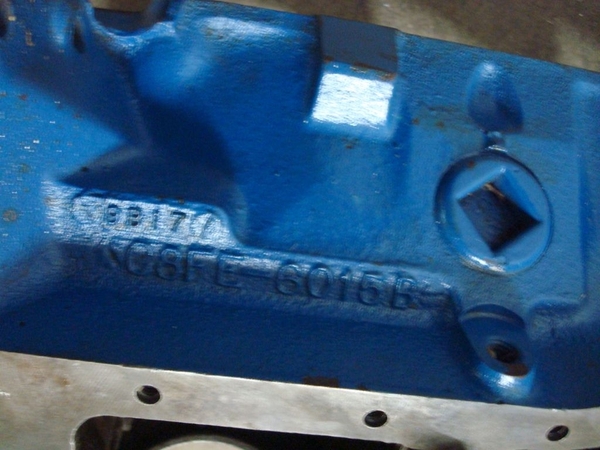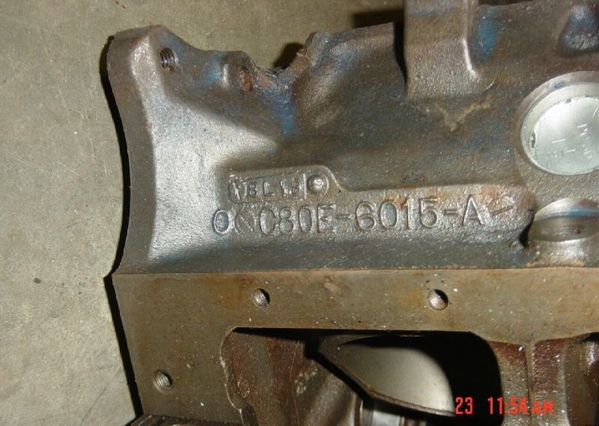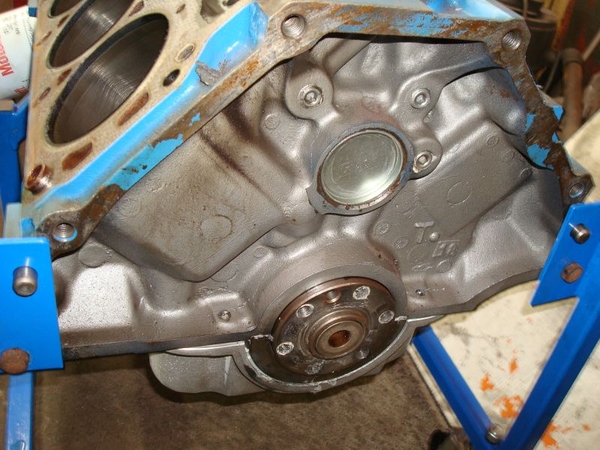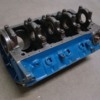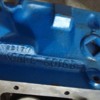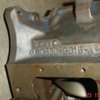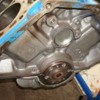I had a rather unpleasant experience, while enjoying some brief 'spirited' driving I heard a metallic clink, I immediately shut the engine down and coasted to a side street. I get out and there is a massive amount of coolant stream back up the road. I walk to the beginning of it and find a freeze plug!!! The freeze plug is not rusty or showing signs of undo wear.
Obviously the evening has taken an entirely new course at this point. I have the goose flatbedded back and find a small coolant puddle on the garage floor where she had been parked. So there was a leaking freeze plug that blew out. The evening was cool and I hadn't been on the road more than 10 minutes. No way she was overheating, in fact, she was running great. I'm wondering if I blew a head gasket between the combustion chamber and a coolant channel. There is no water in the oil. I think I saw some steam coming from the right exhaust pipes, but I'm not certain ( I was still trying to figure out what just happened).
My next step will be a compression check, but I would appreciate hearing y'all's thoughts on how in the heck I blew out a freeze plug. AND... (he said/typed with GREAT hesitation)... am I about to find out first hand how fun it is to pull the engine on a Mangusta? I have no idea if a new freeze plug can be put in with the engine in the car.
Thoughts and advice will be greatly appreciated.
MH


